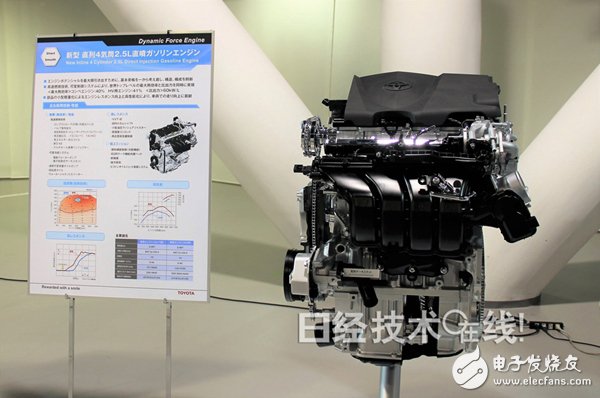On December 6, 2016, Toyota Motor Corporation released a new powertrain that supports the company's unique design approach “TNGA (Toyota New Global Architecture)â€.
In addition to the 2.5L displacement inline 4-cylinder direct-injection gasoline engine, the powertrain system is also available for 8-speed and 10-speed AT (automatic transmission) and FF (front-engine front-wheel drive) vehicles. The hybrid system of the L engine, and the hybrid system equipped with a four-speed shifting mechanism for the FR (front engine rear wheel drive). The 8-speed AT is already equipped with some models for the US market, and the 2.5-liter inline 4-cylinder engine will be equipped with mid-size cars after 2017.

Toyota is scheduled to launch 19 new 37 powertrains by 2021. Among them, the engine is 17 models of 9 models, the gearbox is 10 models of 4 models, and the hybrid system is 10 models of 6 models. More than 60% of vehicles sold in major markets such as Japan, the United States, Europe and China will be equipped with new systems. As a result, the new powertrain will be replaced at a scale of 1 million vehicles per year.
Sumitomo, the managing director of Toyota and the president of the internal company "Powertrain Company", said that "the popularity of pure electric vehicles (EVs) and fuel cell vehicles (FCVs) is not necessary, but most cars are equipped with engines. In order to reduce carbon dioxide emissions. There is a need to improve the powertrain. We will fully refresh the engine, gearbox and hybrid system."
Toyota's fourth-generation Hyundai Hybrid (HEV), which was launched in December 2015, was the first to use TNGA in the lower part of the car. As the second product using TNGA, it is scheduled to launch the small SUV (multi-purpose sports car) "C-HR" in December 2016. It is currently only used in the lower part of the car body, and will be expanded to the engine-driven power transmission system in the future, thereby increasing production efficiency and cutting costs.
The introduction of TNGA into the powertrain has three purposes: to improve commodity, production efficiency and development efficiency. With regard to commerciality, fuel efficiency will be improved through the new powertrain system while achieving the desired driving performance. In terms of production efficiency, the processing and installation standards will be unified, and a production line capable of flexibly producing different models will be constructed. In addition, it will integrate small, medium and large engine types to reduce the overall engine type by 40%.
The 1U Brush Cable Management Panel mounts to a standard 19" rack to organize cables while keeping dust and dirt out of the rack. Constructed of high-quality steel with high-density nylon bristles, the 1U brush plate creates a clean looking point of entry and offers cable separation for simple cable organization. The brush panel also promotes proper airflow through the rack by closing off open spaces between equipment, this cable organizer comes complete with 2 sets of rack screws for easy installation.
Brush Type Cable Management,Brush Cable Management,1u brush panel,1U Cable Management
NINGBO UONICORE ELECTRONICS CO., LTD , https://www.uonicore.com